The Marchesa Casati: Portraits of a MuseScot D. Ryersson Michael Orlando Yaccarino "I want to be a living work of art."— The Marchesa Luisa Casati During the first half of the twentieth century, the Marchesa Luisa Casati (1881-1957) was Europe's most notorious celebrity. Her extravagant lifestyle, eccentric personality, and scandalous escapades captivated and inspired some of the most influential artists of her time. She was painted by Boldini and Augustus John, sketched by Drian and Alastair, and photographed by Man Ray and Cecil Beaton, among others. Jean Cocteau praised her strange beauty; Jack Kerouac dedicated poems to her; Fortuny, Poiret, and Erte dressed her. She continues to inspire top designers today, including John Galliano and Karl Lagerfeld.
The Marchesa Casati is a visual biography, telling Casati's captivating life story alongside the art and designs she has inspired, featuring 200 images covering her lifetime and beyond. Personal family momentos, paintings, sculptures, and photographs, some never before seen, illustrate the artistic and cultural legacy she left behind. Runway images, sketches, and advertorials show her continuing impact on the present-day fashion community.
"The Marchesa Casati: Portraits of a Muse explores Casati's heart and soul. It's a wonderfully complete portrait of a style icon, during her life and afterward, lavishly illustrated with more than 200 images, including personal mementos, and the art and designs she has inspired even today." –Booth Moore, Los Angeles Times, September 13, 2009 "The story of the Marchesa Luisa Casati's life resembles a fable for our times. Ryersson and Yaccarino present a compelling collection of images to tell the story of Italy's richest heiress at turn of the last century, whose married aristocratic life and progeny were cast aside to indulge in a dramatically theatrical existence...She emerges a heroine, living the fantasy, all the way to the end." –Glass Magazine
"With incredible passion for the Marchesa Casati, Scot D. Ryersson and Michael Orlando Yaccarino have worked tirelessly to create a stunning homage and a visual biography to this legendary woman who continues to inspire fashion and style." —Diane von Furstenberg Nature's Museums: Victorian Sciences and the Architecture of DisplayCarla Yanni Scientists in the medieval and early modern eras faced many obstacles to sharing their discoveries, among them the lack of organised, comparative collections of specimens. Such assemblages were almost exclusively in the hands of wealthy individuals, and scholars of more modest means had to content themselves with "cabinets of wonder," potpourris of natural curiosities whose message was often no more profound than "behold, death is near."
One of the signal developments of the Victorian era, observes art historian Carla Yanni, was the building of great museums, accessible to both scholars and the interested public, to house large collections of fossils, minerals and other relics of the natural world. Some of these museums, such as London's Pantherion, offered astonishing and sometimes fictitious spectacles: in the Pantherion, for example, "stuffed animals were staged in frightening battles," while a great artificial swamp filled with sculptures of dinosaurs ringed the Sydenham Crystal Palace. Others, such as the incomparable Natural History Museum of London, became clearing houses for the exchange of scientific ideas in the age of Darwin and Huxley. By the 1880s science museums of all kinds had become popular destinations for family outings, and also the subject of considerable debate, with some scholars objecting to the supposed vulgarisation of knowledge to which spectacles inevitably led.
But, Yanni notes, in their many forms these museums also became the "primary places of interaction between natural science and its diverse publics," allowing greater participation in learning and ultimately serving science well. Heavily illustrated with period engraving and architectural renderings, Yanni's book is a useful and entertaining contribution to the history of science. —Gregory McNamee The 1920sNick Yapp Nicholas Yapp Decades of the 20th Century. Photographs from the Getty collection. Fascinating photographs put images of the power of an event or the zaniness of new trends right before the viewers' eyes. The force of war and political conflict is just as important a theme as world-shaking innovations in science and technology. These are accompanied by portraits of great personalities in art, politics, and society. The Art of MemoryFrances A. Yates One of Modern Library's 100 Best Nonfiction Books of the Twentieth Century
In this classic study of how people learned to retain vast stores of knowledge before the invention of the printed page, Frances A. Yates traces the art of memory from its treatment by Greek orators, through its Gothic transformations in the Middle Ages, to the occult forms it took in the Renaissance, and finally to its use in the seventeenth century. This book, the first to relate the art of memory to the history of culture as a whole, was revolutionary when it first appeared and continues to mesmerize readers with its lucid and revelatory insights. The Best of Sexology: Kinky and Kooky Excerpts from America's First Sex MagazineCraig Yoe Sexology, founded in 1933, was America's first sex magazine. Through its fifty-year run, Grandma and Grandpa got a rollicking taste of sexual exotica in articles such as...
• Extra Breasts in Women
• Sexual Vampirism
• Pregnant Men
• Priapism: Uncontrollable Erections
•When Midgets Marry
•Homosexual Chickens
• Twin Beds or Single?
•Humans With Tails
• Do Women Marry each Other?
• Sexual Tattooing
• Can Humans and Animals Crossbreed?
From the looney to the libertine to the downright lecherous, Sexology covered it all . . . or should we say uncovered? Readers will laugh and learn in this hilarious book collecting the best of Sexology—it may even be better than sex itself! | Propaganda / No.20 Summer 1993 MagazineFred H. Berger Stephanie Young Rare and outof print. Propaganda #20 includes: Bauhaus, Shadow Project, Nine Inch Nails, Peter Murphy, "Blood Countess", God's Girlfriend, WILL, Sleep Chamber, Every New Dead Ghost, Night's Children, Nick Cave, Prophetess, Black Tape For A Blue Girl, Jarboe, Lydia Lunch, Patricia Morrison and more. Deep Time of the Media: Toward an Archaeology of Hearing and Seeing by Technical MeansSiegfried Zielinski Deep Time of the Media takes us on an archaeological quest into the hidden layers of media development — dynamic moments of intense activity in media design and construction that have been largely ignored in the historical-media archaeological record. Siegfried Zielinski argues that the history of the media does not proceed predictably from primitive tools to complex machinery; in Deep Time of the Media, he illuminates turning points of media history — fractures in the predictable — that help us see the new in the old.Drawing on original source materials, Zielinski explores the technology of devices for hearing and seeing through two thousand years of cultural and technological history. He discovers the contributions of "dreamers and modelers" of media worlds, from the ancient Greek philosopher Empedocles and natural philosophers of the Renaissance and Baroque periods to Russian avant-gardists of the early twentieth century. "Media are spaces of action for constructed attempts to connect what is separated," Zielinski writes. He describes models and machinesthat make this conncection: including a theater of mirrors in sixteenth-century Naples, an automaton for musical composition created by the seventeenth-century Jesuit Athanasius Kircher, and the eighteenth-century electrical tele-writing machine of Joseph Mazzolari, among others. Uncovering these moments in the media-archaeological record, Zielinski says, brings us into a new relationship with present-day moments; these discoveries in the "deep time" media history shed light on today's media landscape and may help us map our expedition to the media future. Love and the Erotic in ArtStefano Zuffi Even in the Western world, which seems completely accustomed to a widespread appearance of risqué images, an erotic painting from five hundred years ago can still manage to create a sensation. This book, the fifteenth title in the popular Guide to Imagery series, is a delightful romp through the portrayal of love and sexuality in art—age-old subjects depicted in all cultures. The volume surveys Western artworks illustrating more or less explicitly delicate or amorous subjects. The gamut of possibilities is vast, ranging from chaste tenderness to overwhelming frenzies of the senses, from Classical allusion to sexual fantasy.
A series of general themes is presented, with a detailed reading of the significance and symbolic content of the individual works illustrating each theme. In the paintings of the past, the reader will encounter gestures, objects, places, and situations that seem familiar and that offer the traditional setting of "love scenes" from every epoch. The volume closes with a chapter highlighting some of the most famous couples of all time. |
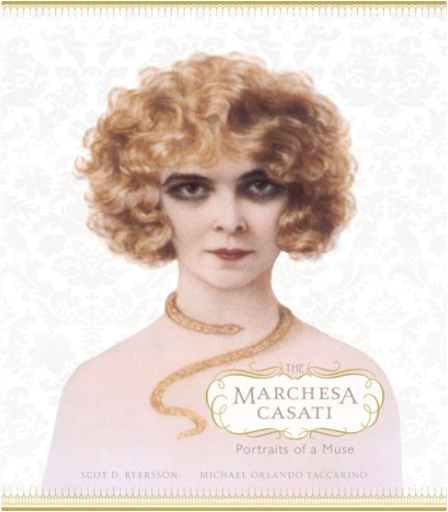
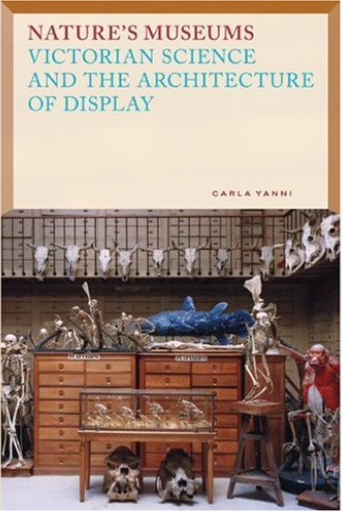
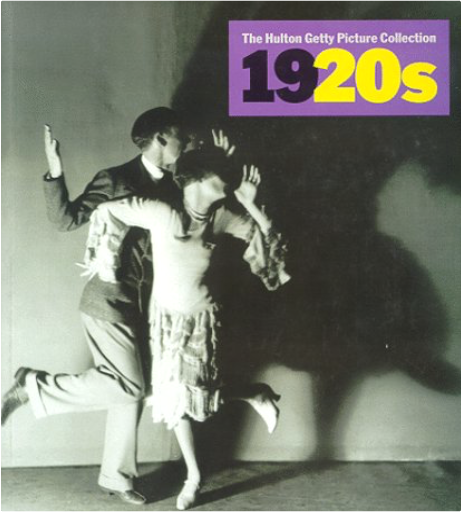
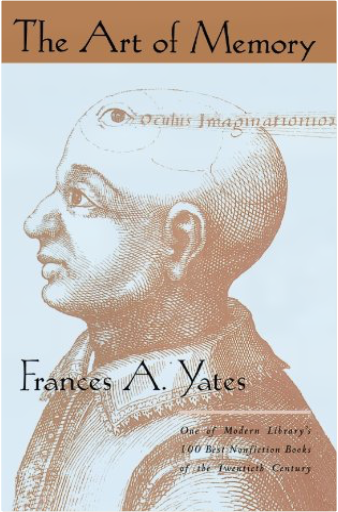
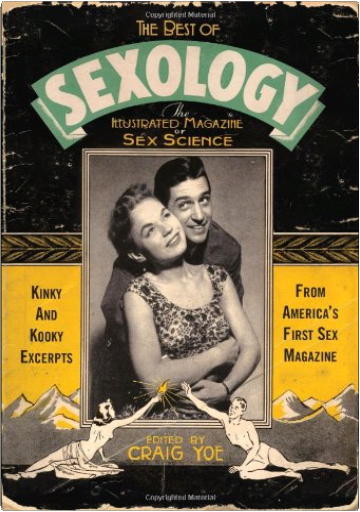
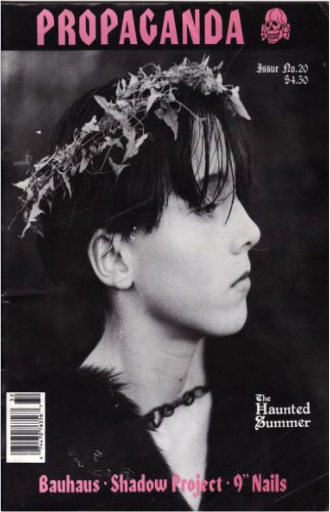
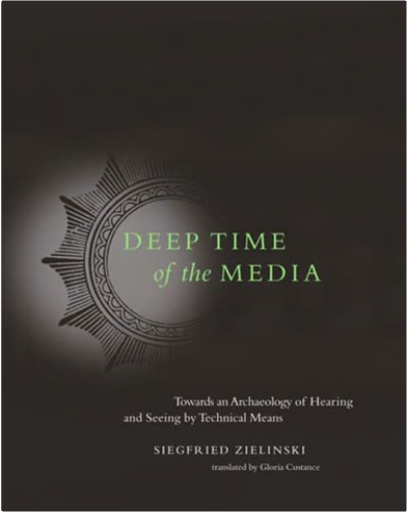
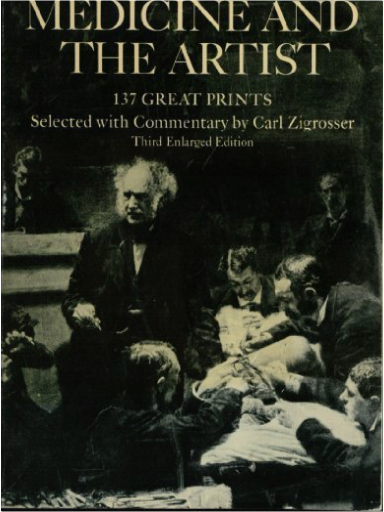
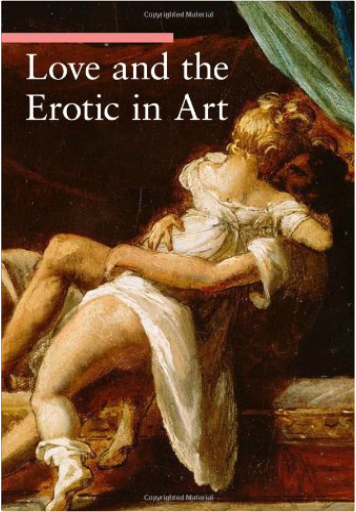


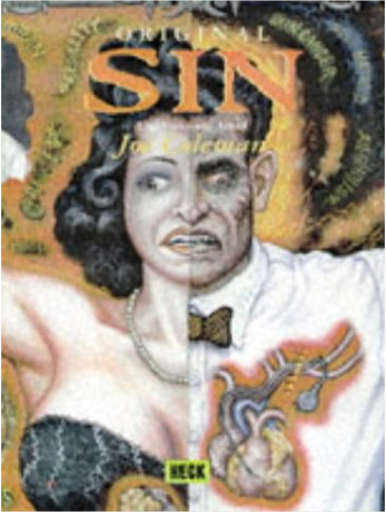

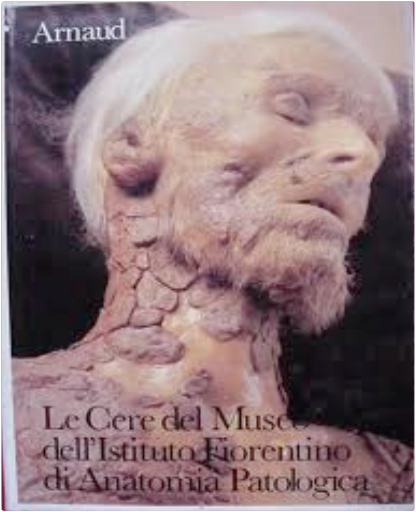
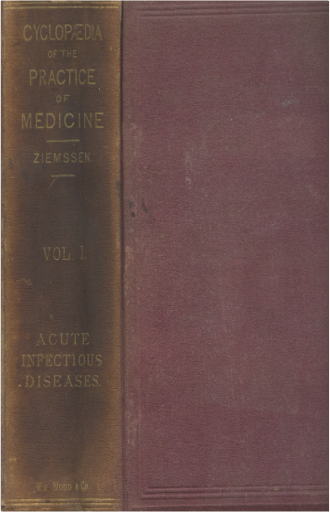
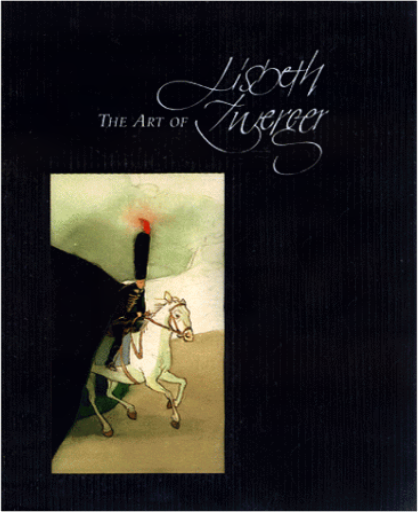
 Made with Delicious Library
Made with Delicious Library